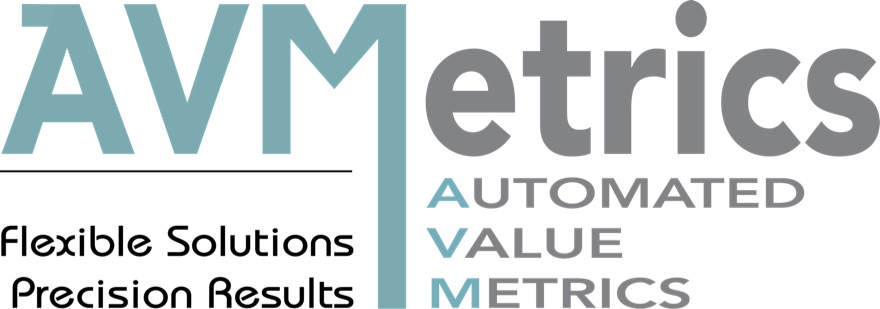In the spirit of continuous improvement, we appreciate your feedback: Mail@avmetrics.net
- Direct Market Models
- Discrete Data
- Discrete Variable
- Dispersion
- Distribution-free Statistics
- Dummy Variable
- Economic (External) Obsolescence
- Effective Age
- Effective Challenge
- Efficiency
- Elasticity
- Error
- Estate, Real
- Estimated Value
- Euclidean Distance Metric
- Exploratory Data Analysis
- Exponent
- Factor
- Failure Magnitude
- Failure MAPE
- Failure Rate
- Federally Related Transaction
- Fee Appraisal
- Fee Simple
- Feedback
- Field Review
- Flowchart
- Forecast Standard Deviation
- Forecasted Valuation
- Forecasting Models
Sources:
a) AVMetrics
b) AVMs 201: A Practical Guide to the Implementation of Automated Valuation Models, Jim Kirchmeyer, 2008.
c) IAAO 2015, Glossary for Property Appraisal and Assessment, 2015. (2013 online: https://www.iaao.org/media/Pubs/IAAO_GLOSSARY.pdf )
d) Collateral Assessment & Technologies Committee, Summary of Definitions & Terms, 2006.
e) Joint Industry Task Force on AVMs, IAAO Standard on AVM Glossary, September 2003. https://www.iaao.org/media/standards/AVM_STANDARD.pdf
f) Appraisal Institute, Joint Industry Task Force on Automated Valuation Models, Work Group Terminology, 2005.
g) Merriam-Webster (https://www.merriam-webster.com/)
